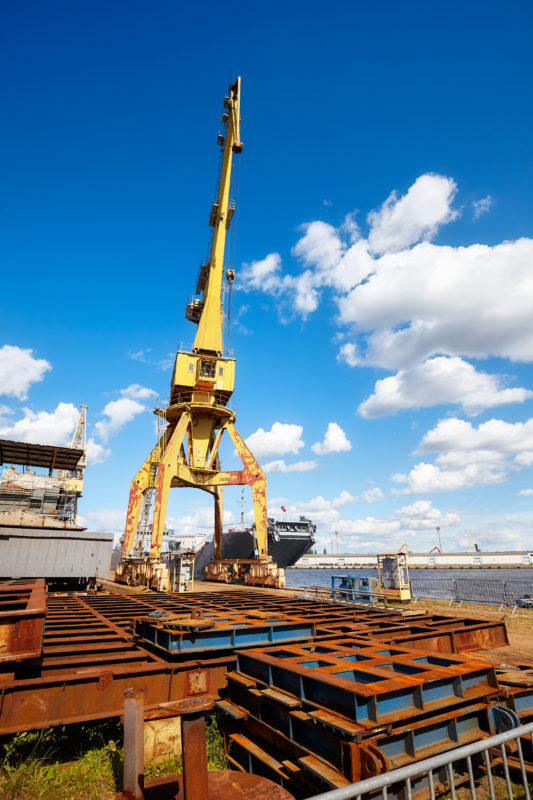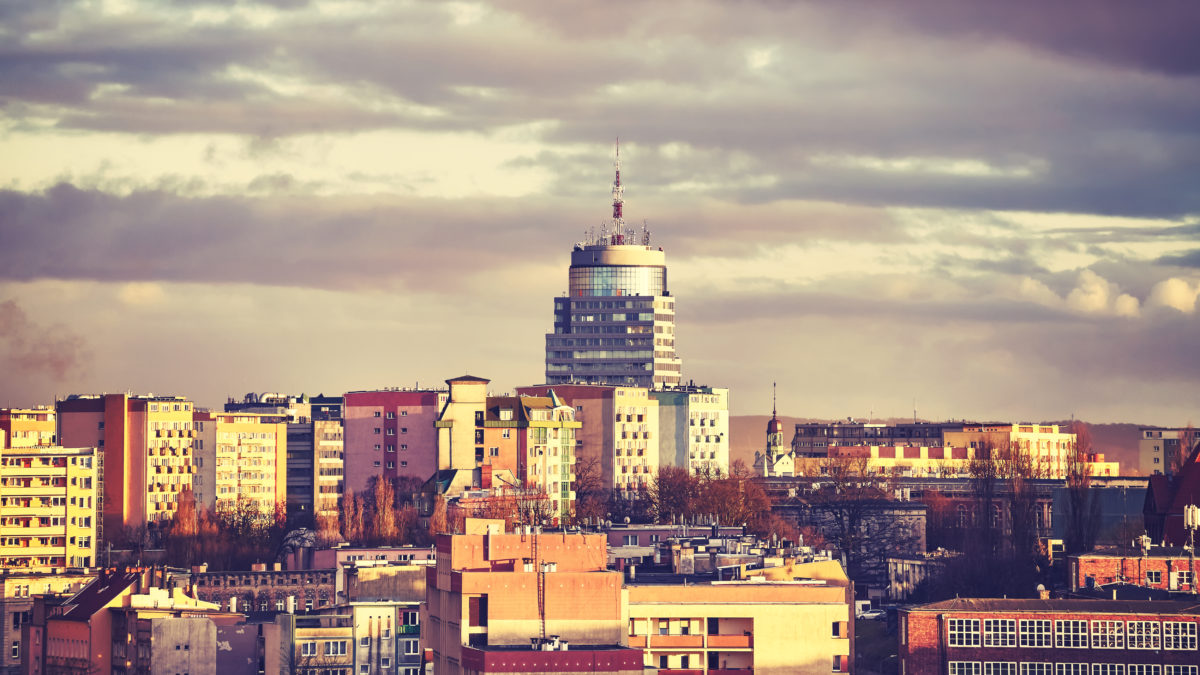Poland – the power of creativity
Written by admin. Posted in Blog No Comments
Poland is one of the most important countries in the central Europe. Development had touched almost every part of the public life. That’s why everyone could try to expand their business in Poland.
Economic context
For the last 25 years, Poland has emerged as a dynamic market and has become a major player in Europe, ranking 6th among the EU’s economic powers. The Polish economy has performed well over the period 2014-2017 with a real GDP growth rate of over 3%. In 2017, the Polish economy grew by 4.6% (OECD), its highest growth since 2011, exceeding the IMF forecast. Growth has been stimulated by domestic demand and public social spending. In fact, household consumption expenditure – which accounts for 61% of GDP – has been growing fastest for almost a decade (4.7%). The World Bank expects the Polish economy to grow by nearly 4 percent in 2018, followed by growth of 3.5 percent in 2019.
The Polish economy benefits from many advantages: it makes efficient use of the resources of the European Structural Funds and has a resilient banking system and strong domestic demand. Tax revenues have benefited from the increase in the value-added tax, which has led the government to gain 11.4% more than in 2016. In 2018, the wages should increase above the 2.5% target of the central bank. At the same time, unemployment – which has risen during the global economic crisis – is at its lowest point in post-Soviet history, stabilizing at 4.5% in December 2017. However, more than one employee one in four has a temporary job, more than double the European average. Finally, large disparities remain between the east and west of the country.

Main economic sectors
In Poland, agriculture employs 10.6% of the active population and contributes 2.7% of GDP. The country is globally self-sufficient in terms of its food supply. The most important crops are rye, potato, beet, wheat and dairy products. Poland also has livestock (pigs, sheep). The country is relatively rich in natural resources and the minerals mainly mined are coal, copper, lead and zinc.
Industry accounts for 33.7% of GDP and employs 31.3% of the workforce. The main industrial sectors are machinery production, telecommunications, environment, transport, construction, agribusiness and the information technology industry. Some traditional sectors have declined, such as steel and shipbuilding. The Polish car industry has been resilient to the global economic crisis thanks to its niche position and its ability to meet the current demand for small economy cars.
The tertiary sector accounts for 63.6% of GDP and employs about 58.1% of the labour force. The service sector is booming, especially financial services, logistics, hotel services, suppliers and information technology.
Poland is ready to “catch up” the Western Europe and became one of the most important business partners for all of us. It is like promised land – now it is possible to profit before everybody thinks about it
